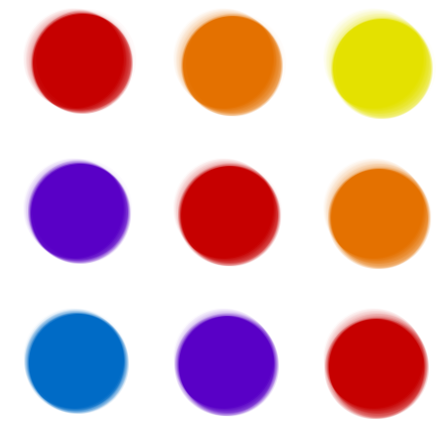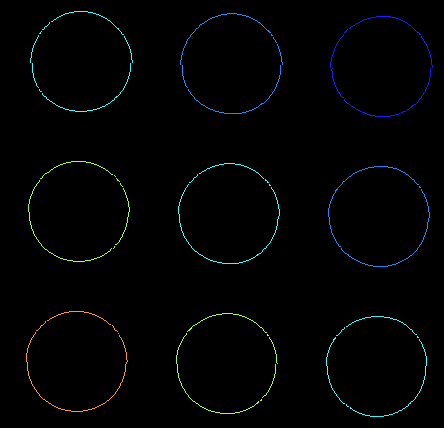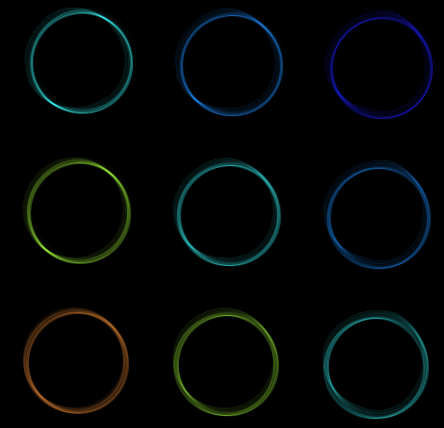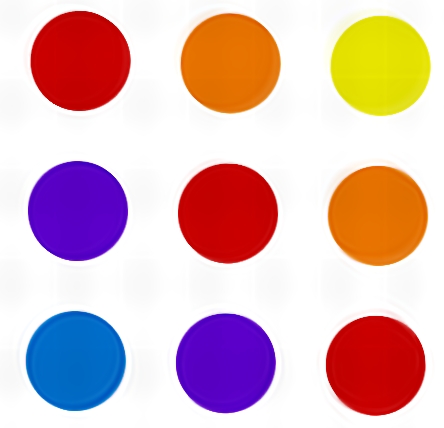




|

|

|

|
| Input blurred image | Latent image prediction | Edge profile image | Deblurred output |
Abstract
In this work, we investigate the relation between the edge profiles present in a motion blurred image and the underlying camera motion responsible for causing the motion blur. While related works on camera motion estimation (CME) rely on the strong assumption of space-invariant blur, we handle the challenging case of general camera motion. We first show how edge profiles `alone' can be harnessed to perform direct CME from a single observation. While it is routine for conventional methods to jointly estimate the latent image too through alternating minimization, our above scheme is best-suited when such a pursuit is either impractical or inefficacious. For applications that actually favor an alternating minimization strategy, the edge profiles canserve as a valuable cue. We incorporate a suitably derived constraint from edge profiles into an existing blind deblurring framework and demonstrate improved restoration performance. Experiments reveal that this approach yields state-of-the-art results for the blind deblurring problem.
Technical Paper, Supplementary, Poster, and Bibtex
Subeesh Vasu and A.N. Rajagopalan, "From local to global: Edge profiles to camera motion in blurred images", IEEE International Conference on Computer Vision (CVPR), 2017